Velboa:
There are many styles. It is very clear that the color card of Fuguang is very popular. It is very popular to make bean bags. Most of the TY beanies popular in the United States and Europe are made of this material. The wrinkles we produce. Bears also fall into this category.
Quality characteristics: The surface is soft, and the quality of the hair is generally poor, but the printed shearing cloth will be slightly inverted, and slight skew can be accepted.
Plush cloth:
1. A yarn (also known as ordinary yarn, BOA material), divided into:
There are light yarns: ordinary ones are generally shiny, and the yin and yang faces can be separated under different light directions. Matte yarn: that is, matte, basically no yin and yang.
2. V yarn (also known as special yarn, T-590, Vonnel) has Even Cut and Uneven cut. The hair length is about 4-20mm, which is a mid-range material.
3. Hipple (Haipai, plush): the hair length is in the range of 20-120mm, any hair length can be made within the range of 20-45mm, and only 65mm and 120(110)mm above 45mm, which is long and short hair, and the hair are straight and smooth. Not easy to curl.
4. Other:
1) roll plush (rolling hair):
1Tumbling boa, A yarn curl: Most are granular hair, lamb hair, or hair root is bundled, rolled up. Usually used to make more classic toys, the hair length is up to 15mm; the price is much cheaper than the Shanghai style curl.
2) Tumbling H.P. Haipai Curl: Usually the hair length is longer, the curling effect is looser, and there are many styles to choose from.
5. Plush printing materials:
1) printing;
2) jacquard;
3) tip-dyed: (like the mixed glasses open book);
4) noise;
5) two-tone (two-tone) and so on.
Matters needing attention:
1) the plush density is heavy, the hand feels smooth (ie, the bottom yarn is not serious, the rough surface is up or down);
2) the original yarn quality and the quality of the fabric affect the softening effect;
3) the dyeing accuracy; The larger area of the matte surface effect: whether the matte effect is velvety, erect, supple, with or without abnormal indentation, wavy lines, chaotic hair, and other anomalies.
The above aspects can basically be used to judge the quality of good or bad.
Velvet:
Similar to shearing cloth, but the hair length is about 1.5-2mm, and the elastic relative to the shearing cloth is larger; no hairiness.
T/C cloth:
(component is 65% Polyester, 35% Cotton) divided into three types:
1) 110*76: thicker, used in printed fabrics, or higher density products, higher density, not easy to scatter).
2) 96*72: second; density is relatively thin.
3) 88*64: Again. Due to the looser structure, it is usually required to order the lighter in the middle of the order, so as to avoid the seams being easily scattered and causing a blast.
2) and 3) are usually used for interlining. When using, it should be selected according to the grade and use of the product.
Nylex, Tricot:
It is divided into the ordinary quilted fabric (100% Polyester) and nylon woven fabric (Nylon), which are usually used in common type. It is easy to make, cut silkscreen and embroidery. In the case of silk screen printing, it is necessary to control the length of the hair to be long (usually no more than 1mm). Otherwise, the silkscreen is difficult, the color is not easy to penetrate, and it is easy to fade.
Nylon edge fabric is less used, only when special products require strong adhesion.
Cotton cloth (100% Cotton):
Used to make higher-grade printed cloth, thicker than T/C cloth.
Felt:
Pay attention to thickness and hardness, divided into ordinary polyester and acrylic, usually used in ordinary polyester, hard, the thickness is about 1.5mm, acrylic is very soft, loose and easy to rotten tissue It is often used on gifts and is rarely used on toys.
PU leather:
It is a kind of Polyester, not a leather. Note that the thickness of the fabric will vary depending on the base fabric.
Note: PVC materials should not be used in all toys. Because PVC contains excessive amounts of toxic and deadly elements, it is important to note that the material should not be of PVC nature
.
Twill cloth (Heavier T/C):
It is divided into cotton or T/C, which is thicker and the lines are clearly visible.
Gum cloth:
The texture is measured by the number of counts; it should be selected according to the grade and use of the product.
Knitted fabric:
According to the weight of the gram weight, the cotton or T/C is divided, and the elasticity of the fabric is large.
Electronic cashmere:
Thin and bright, but the matte surface is not soft enough.
Polar fleece:
It is divided into single-sided hair, double-sided hair, soft to the touch, but flexible.
Velvet:
There are several grades, the difference with the electronic velvet is softer and the price is relatively higher.
Flocking Material:
Single-sided, double-sided, single-sided flocking If the base fabric is different, the thickness and hardness are different, and the price is different.
Satin:
Usually the sewing is not easy to do, too soft and easy to go.
Washed cloth, wrinkled cloth (Nylon Taffeta):
There are wrinkles on the cloth surface. Because it can be washed, some products will be used, but the sewing is not good.
Nylon cloth: Split cloth:
170T, a kind of nylon cloth, very thin, cheap, can be considered as inner bag lining; ordinary nylon cloth: 190T; thick nylon cloth: 210T; Oxford cloth: 420T or more.
Terry cloth, Cotton:
The terry is high and looks rough. It is used on the toy to make the base cloth thick and thick so that the cotton is not easy to run out.
T/C category: The terry is fine and smooth, and it is mostly used in baby products, bath products, etc. Note that the base fabric should be thick and not transparent.
Others:
Denim, flash cloth.



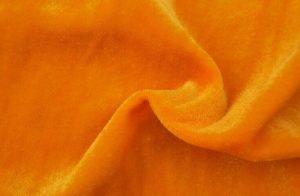

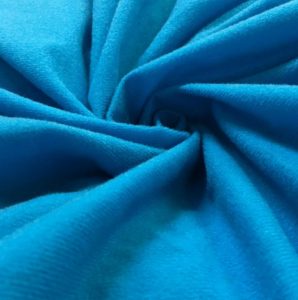
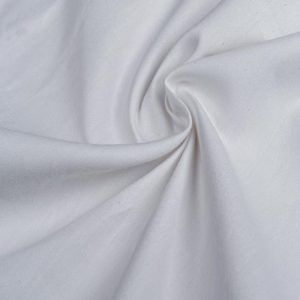
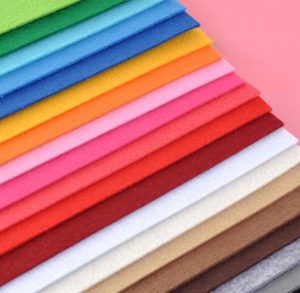
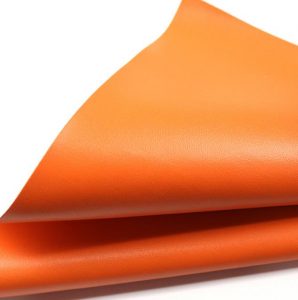
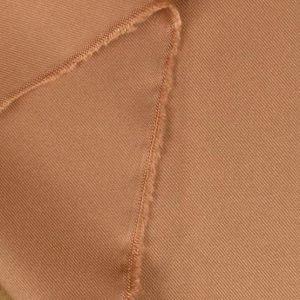
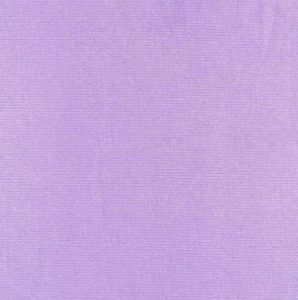
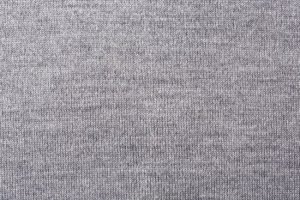
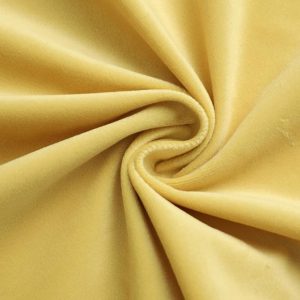
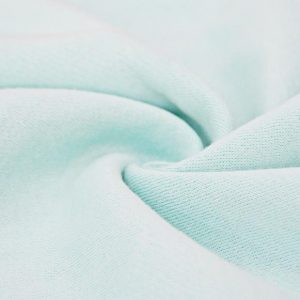
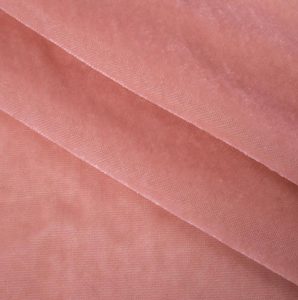
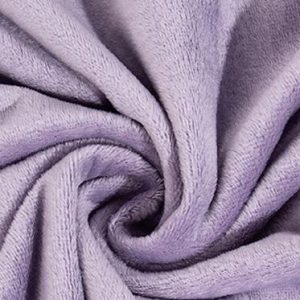
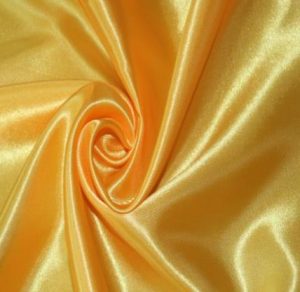
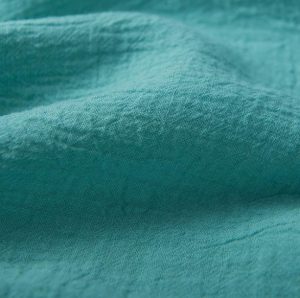
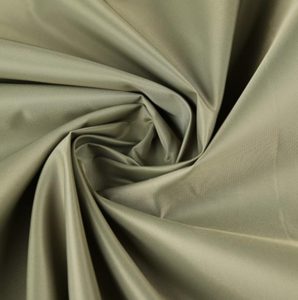
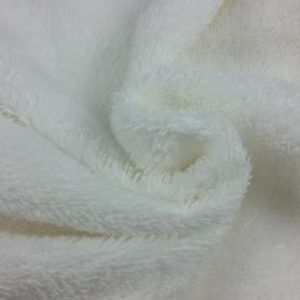






Thanks for a marvelous posting! I really enjoyed reading it, you happen to be a great
author.I will be sure to bookmark your blog and may come back in the future.
I want to encourage one to continue your great writing,
have a nice holiday weekend!